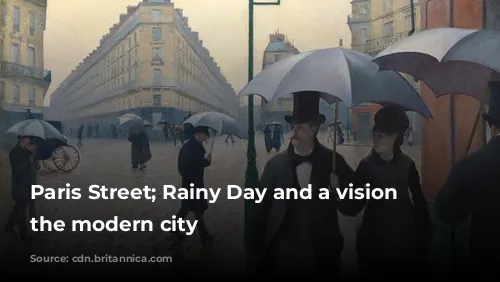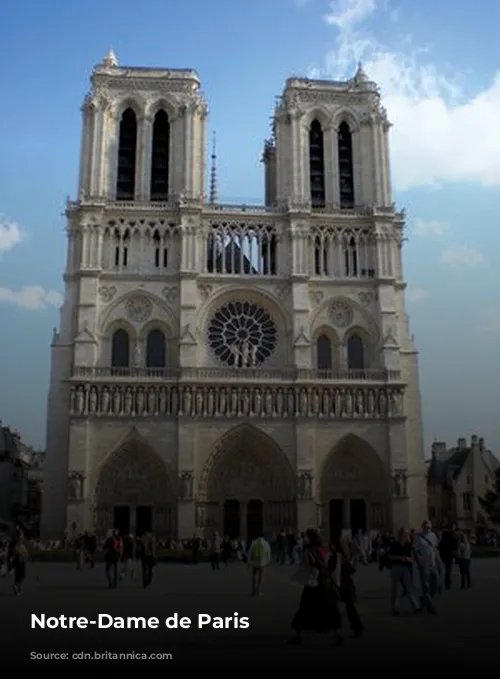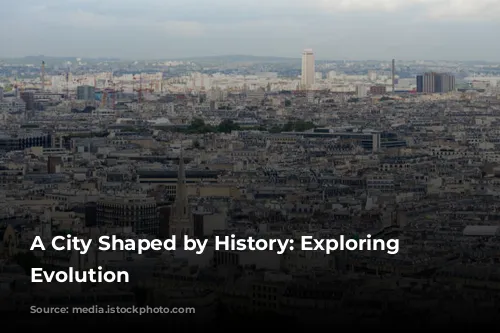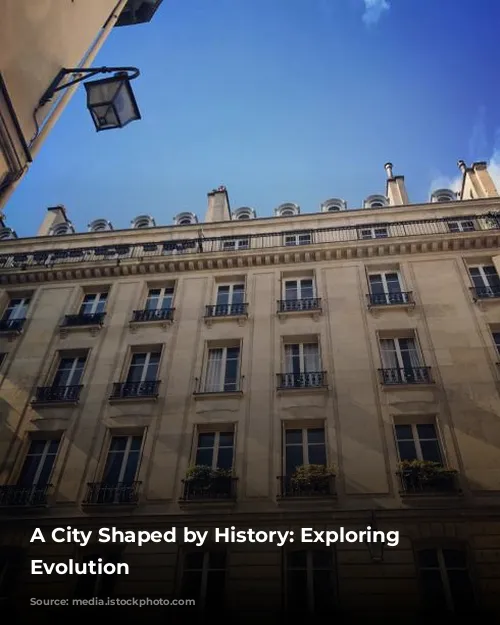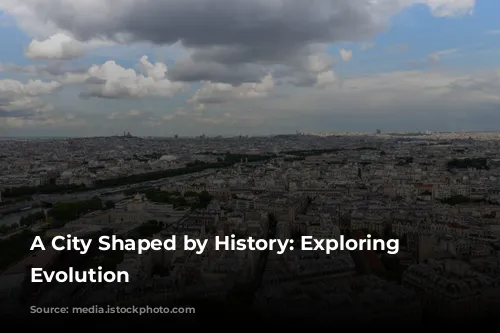Paris, a city steeped in history, boasts a fascinating evolution, shaped by its strategic location and influential leaders. The city’s climate, characterized by its temperate nature, is significantly influenced by the Gulf Stream, making it a pleasant destination year-round, although winter and spring can bring changeable weather. Despite its generally mild climate, Paris does experience occasional cold snaps, with temperatures dropping below freezing for a month each year.
From Walls to Boulevards: Paris’s Changing Defenses
Throughout its existence, Paris has relied on fortifications to protect its citizens. Early settlements on the Île de la Cité, the city’s historical heart, were protected by a wall constructed with stones salvaged from the Roman town on the Left Bank. This wall underwent numerous rebuilds over the centuries, highlighting the changing needs of the city. Bridges, including the Petit Pont and the Pont au Change, were strategically guarded, showcasing the importance of defense in the city’s early history.
King Philip II solidified the city’s defenses by constructing a new wall, providing protection for settlements on both banks of the Seine. This fortification was further enhanced by Charles V, who expanded the Right Bank enclosure, culminating in the construction of the Bastille fortress and the Louvre fortress, strategically safeguarding the city’s eastern and western approaches.
Louis XIV, known for his grand ambitions, replaced the Charles V walls with the Grands Boulevards, transforming defensive barriers into tree-lined avenues, showcasing the city’s growing prosperity and its shifting priorities.
The Birth of Modern Paris: From Walls to Wide Avenues
The 18th and 19th centuries marked a period of transformation for Paris, with the construction of a new wall and the advent of wide boulevards, reflecting the city’s increasing population and changing needs. The farmers-general, tasked with collecting customs duties, built tollhouses to control goods entering the city.
The final wall constructed by Adolphe Thiers, a genuine military installation, enclosed numerous hamlets, marking the growth of the city’s boundaries. This expansion was further fuelled by the Industrial Revolution, which drew more and more people to Paris, necessitating greater infrastructure development.
Baron Haussmann, renowned for his urban planning, transformed the city’s landscape, replacing the walls of the farmers-general with wide, straight boulevards, opening up the city to better circulation and a more modern feel. These significant changes reflected Paris’s evolution into a dynamic metropolis, embracing a more open and modern future.
The Île de la Cité: A Legacy of History and Beauty
The Île de la Cité, a ship-shaped island nestled in the Seine River, stands as a testament to Paris’s rich past. The oldest of Paris bridges, the Pont Neuf, despite its name, stands as a symbol of enduring strength and a testament to the city’s architectural heritage. The bridge’s unique design, with its grotesque masks and half-moon bays, reflects the city’s artistic spirit and practical ingenuity.
The island also boasts a bevy of historical monuments, including the Palace of Justice and the Sainte-Chapelle, showcasing the city’s architectural mastery. The Palace of Justice, built on the site of the early Roman governor’s palace, embodies a layered history, encompassing elements from various periods. The Sainte-Chapelle, a masterpiece of Gothic Rayonnant style, captivates visitors with its stained-glass artistry and sacred history.
The Île de la Cité, a living museum of Paris’s past, offers a captivating glimpse into the city’s evolution, showcasing its architectural wonders and its enduring spirit. It’s a must-see for any visitor seeking to understand the heart of Paris and its remarkable history.
